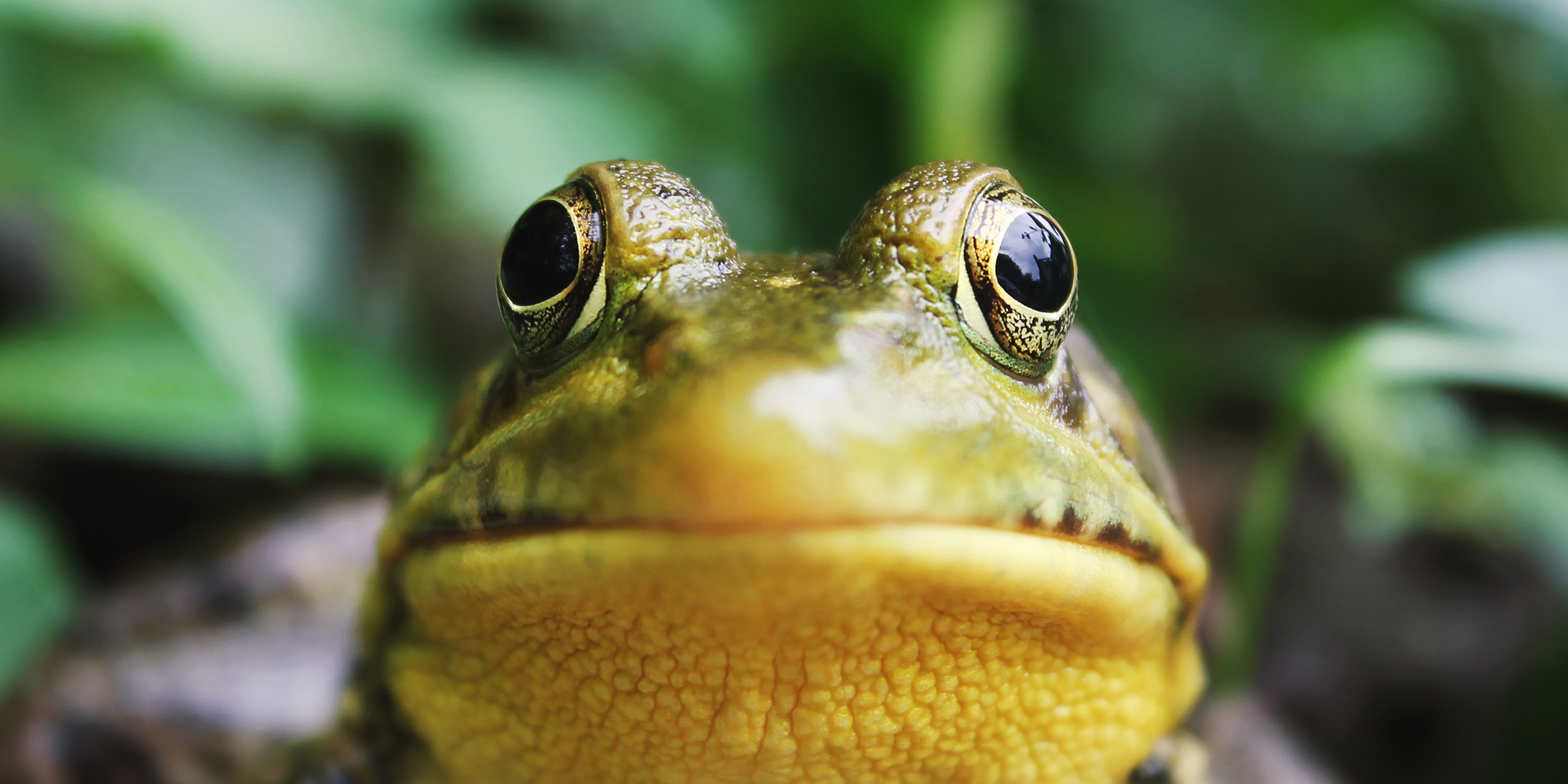Originally published 29 February 1988
This is a story in several parts.
Chapter 1: Jenifer Graham, a 15-year-old high school student in Victorville, California, refuses to dissect a frog in biology class. Jenifer is a vegetarian and opposed to the unnecessary use of animals for food or research. She asks for permission to learn frog anatomy from a model or a computer simulation. School officials say she must cut up the frog or get out of class.
Chapter 2: After a lively controversy, Jenifer gets a lowered grade, and her refusal to dissect the frog is noted on her transcript. With the help of animal rights activists, she sues, claiming violation of her constitutional rights.
Chapter 3: Enter Apple Computer and a program called “Operation Frog.” Jenifer appears in an Apple television commercial saying: “Last year in my biology class, I refused to dissect a frog. I didn’t want to hurt a living thing. I said I would be happy to do it on an Apple computer. That way, I can learn and the frog lives. But that got me into a lot of trouble, and I got a lower grade. So this year, I’m using my Apple II to study something entirely new — constitutional law.”
Chapter 4: Scientists and educators react to the Apple commercial with dismay. The California Biomedical Research Association urges its members to write Apple president John Sculley protesting the commercial. It is claimed that the message is “offensive” to scientific educators, and “advances the cause of fanatics.” Apple pulls the commercial.
And perhaps that is where the story should end. Animal rights is an inflammatory issue which seems to be fueled more by emotion than by reason — on both sides. Then, a few weeks ago, into this thorny thicket steps Daniel Koshland, the editor of Science, the weekly journal of the American Association for the Advancement of Science.
Chapter 5: In his Jan. 29 [1988] editorial, Koshland attempts to reduce the positions of animal rights activists to absurdity. “There are a number of clues about the insides of a frogs,” writes Koshland, “such as that it arises from a tadpole, that it causes warts, and that it may turn into a Prince Charming when kissed by a beautiful princess. From such data, a moderately well-trained student should easily be able to deduce what the interior of a frog looks like” — without dissection.
Cutting up a real frog would reveal a stomach full of flies, mosquitoes, and small grasshoppers, thereby subjecting students to the harsh reality of a world where animals eat animals. To spare students this trauma, Koshland suggests a computer simulation that fills the frog’s stomach with more consoling items – such as potato chips and soda pop.
Better than a mousetrap?
And why not, he continues, let the Food and Drug Administration replace costly and time-consuming animal testing of drugs with computer programs. Why not replace mousetraps and fly swatters with computer programs, or at least enact legislation requiring that flies be anesthetized before they are swatted
Carried to its logical conclusion, implies Koshland, Jenifer Graham’s position should preclude even the eating of plants, which after all are living things. The obvious answer, he suggests, is to genetically engineer human beings that can photosynthesize their own food—Homo photosyntheticus.
Koshland’s editorial is directed to scientists, not the general public. And the issue of animal rights can certainly do with a little humor. Still, I have the feeling that the derisive tone of the editorial does little to advance the case for animal experimentation in science.
I am not a vegetarian, I swat unanesthetized flies, and I approve of the use of animals in medical research and scientific education. Yet, I have a sneaking admiration for Jenifer Graham. Here at least is a high school student who abhors what she perceives to be cruelty to animals, and who is willing to stand up for her principles. She is certainly not the only student who has found the dissection of frogs and cats morally repugnant or emotionally distressing.
Nor am I unsympathetic to Apple Computer’s attempt to sell a program that simulates frog anatomy. Clearly, dissection is an essential part of the education of physicians, veterinarians, and research scientists in the life sciences, but is not equally obvious that dissection is an indispensable part of a high school biology course, or even college Biology 101. A pedagogically-sophisticated computer simulation might conceivably teach more about frog anatomy than a real frog, and even about the contents of a frog’s stomach.
Whatever educational advantages accrue from the dissection of animals must be balanced against the need to instill in students a reverence for life — on a planet where all creatures live in interdependence, and where one creature bears a particular burden of responsibility. The balance is perhaps not as easily found as Koshland’s editorial suggests.
Animal rights movements are on the rise, and scientists might feel that to bend on the issue of Jenifer Graham’s frog will put more essential uses of laboratory animals at risk.
Maybe so. But it seems to me the best defense against those who would deprive science of the opportunity for animal experimentation is a self-imposed policy that seeks to rigorously minimize the unnecessary use and misuse of animals — and a willingness to listen to those who suggest reasonable alternatives to dissection or vivisection.



